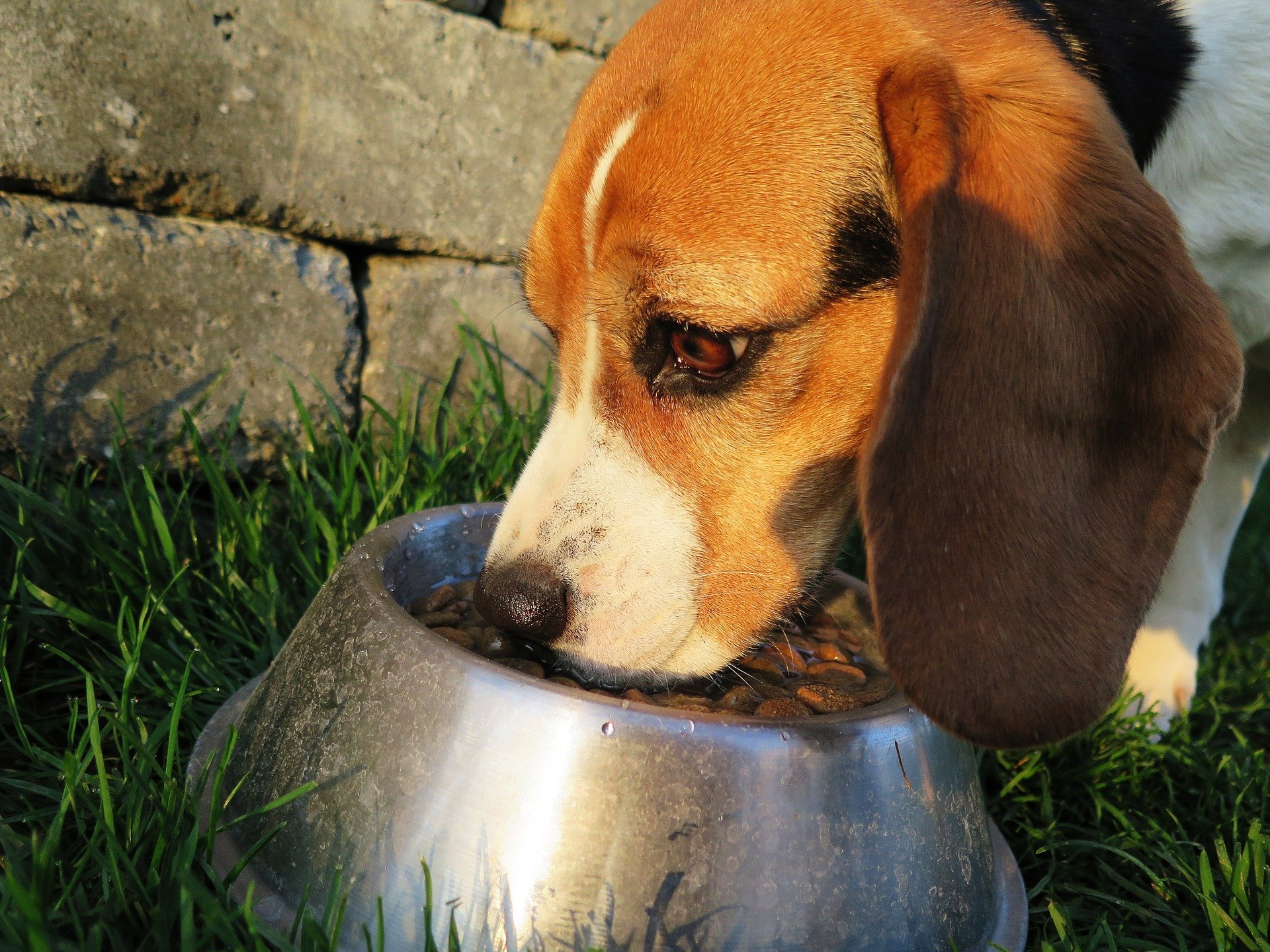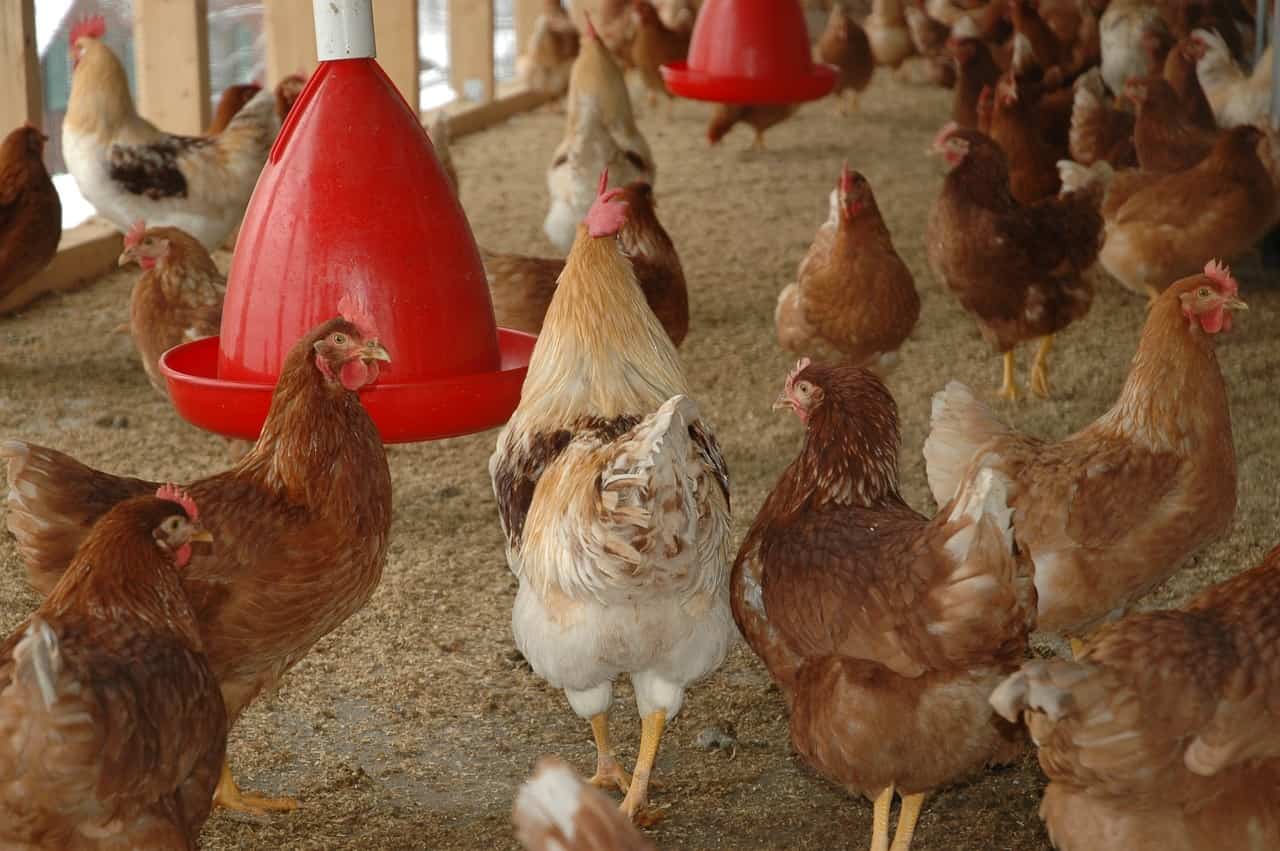
Every year more than 30,000 people in Europe die from multi-resistant bacteria. According to figures from the European Disease Prevention and Control Agency (ECDC), approximately 700,000 people per year are infected with these kinds of pathogens, more than two thirds of them while in hospital.
Multiresistant bacteria are pathogens that have not only become immune to an antibiotic, but have also developed a resistance to broad-spectrum antibiotics that act on a variety of bacteria and are often used. As a result, patients no longer respond to antibiotics and, in the worst case scenario, die from infection. Bacteria can produce so-called Extended Spectrum Beta-Lactamases (ESBL) – an enzyme that renders certain antibiotics ineffective. This happens particularly in places where many antibiotics are in circulation, such as hospitals and intensive livestock farming.
“The situation with multiresistant bacteria has in recent years become increasingly more out of control,” explains Roger Stephan, Professor at the Institute of Food Safety, part of the Vetsuisse Faculty at the University of Zurich. “Countermeasures are urgently needed to prevent the spread of ESBL-forming bacteria.” This, however, requires a deeper understanding of the distribution and spread of multiresistant bacteria which can subsequently also occur in the intestinal flora of humans and animals.

Multiresistant bacteria in dog food
In a study on clinically relevant bacterial strains in dogs and cats, researchers from the Vetsuisse Faculty of the UZH have found a wide variety of ESBL-forming bacteria. “We were shocked that these bacteria can be detected so abundantly in dogs and cats,” said Stephan. “We suspected that one possible transmission route was through the consumption of raw meat.”
In contrast to earlier days, when pets were primarily fed cooked meat and/or dry food, more and more pet owners are now feeding raw meat, offal, bones and ingredients such as vegetables and fruit to their dogs in particular. This food mixture is called “BARF”. Incidentally, BARF stands for “Biologically Appropriate Raw Food” and is by no means slang for vomit …
Researchers at the University of Zurich used 51 raw food samples from various suppliers in Switzerland and examined these for their total bacterial content, normal and antibiotic-resistant enterobacteria and salmonella. They found multiresistant bacteria in one out of two dog foods made from raw meat.

Risk factor for humans and animals
ESBL-forming bacteria were found in 61 % of the samples. The threshold value for enterobacteria was exceeded in 73 % of the cases. Salmonella and Escherichia coli (e-coli) were detected along with the mcr-1 colistin resistance gene were detected in two samples respectively. The latter is a transferable resistance mechanism against the backup antibiotic colistin, which was recently discovered in China for the first time
“The fact that we found ESBL-forming bacteria in over 60 % of the samples is extremely alarming,” explains Magdalena Nüesch-Inderbinen, principal author of the study. “Among them were some Escherichia coli types that can cause infections in humans and animals. From the researchers’ point of view, ‘BARF-ing’ is therefore also a major risk factor for the transmission of antibiotic-resistant bacteria from pets to humans. Firstly, the pet owners come into contact with the multi-resistant bacteria during the preparation of the food. Secondly, the animals can transfer bacteria through close contact with their owners.
“We strongly advise all dog and cat owners who want to feed their animals “BARF,” to handle the food carefully and to stick to strict hygiene standards when feeding their animals,” Nüesch-Inderbinen states. “Animal owners should be aware of the risk that their animals might be carrying and spreading multiresistant bacteria”.
More articles on antibiotic resistance can be found here.




